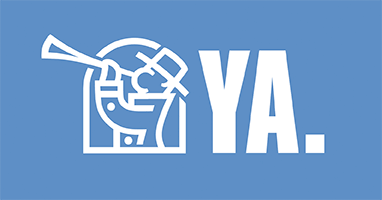Cookie consent
Cookie Settings
Cookies necessary for the correct operation of the site are always enabled.
Other cookies are configurable.
Other cookies are configurable.
Child sleep disorders
Child sleep disorders
Approximately 4% of children receive a formal sleep disorder diagnosis.
It is estimated that up to 50% of children experience some type of sleep issues, and paediatricians report that sleep problems are one of the most commonly discussed topics during health-care visits for children.
Early identification and treatment of sleep issues is key in preventing negative health and behavioural effects.
Approximately 4% of children receive a formal sleep disorder diagnosis. Common sleep disorders that occur in children include obstructive sleep apnea, parasomnias (such as sleepwalking, sleep talking, confusional arousals, nightmares and sleep terrors), behavioral insomnia of childhood, delayed sleep phase disorder and restless legs syndrome. Below you can find a table of common sleep disorders in children, their prevalence and treatment (from Common Sleep Disorders in Children, Am Fam Physician, 2014). If you are concerned that your child may have a sleep disorder, you should always consult with your paediatrician.
Overall, the recommendations for promoting healthy sleep habits in children include having set bedtime routines, creating a calm and relaxing environment in the bedroom, taking exercise during the day, and avoiding stress and conflict. In the Stella app, we have provided an "Advice for parents" track to help you establish good sleep hygiene for your child.
Early identification and treatment of sleep issues is key in preventing negative health and behavioural effects.
Approximately 4% of children receive a formal sleep disorder diagnosis. Common sleep disorders that occur in children include obstructive sleep apnea, parasomnias (such as sleepwalking, sleep talking, confusional arousals, nightmares and sleep terrors), behavioral insomnia of childhood, delayed sleep phase disorder and restless legs syndrome. Below you can find a table of common sleep disorders in children, their prevalence and treatment (from Common Sleep Disorders in Children, Am Fam Physician, 2014). If you are concerned that your child may have a sleep disorder, you should always consult with your paediatrician.
Overall, the recommendations for promoting healthy sleep habits in children include having set bedtime routines, creating a calm and relaxing environment in the bedroom, taking exercise during the day, and avoiding stress and conflict. In the Stella app, we have provided an "Advice for parents" track to help you establish good sleep hygiene for your child.
It is estimated that up to 50% of children experience some type of sleep issues, and paediatricians report that sleep problems are one of the most commonly discussed topics during health-care visits for children.
Early identification and treatment of sleep issues is key in preventing negative health and behavioural effects.
Approximately 4% of children receive a formal sleep disorder diagnosis. Common sleep disorders that occur in children include obstructive sleep apnea, parasomnias (such as sleepwalking, sleep talking, confusional arousals, nightmares and sleep terrors), behavioral insomnia of childhood, delayed sleep phase disorder and restless legs syndrome. Below you can find a table of common sleep disorders in children, their prevalence and treatment (from Common Sleep Disorders in Children, Am Fam Physician, 2014). If you are concerned that your child may have a sleep disorder, you should always consult with your paediatrician.
Overall, the recommendations for promoting healthy sleep habits in children include having set bedtime routines, creating a calm and relaxing environment in the bedroom, taking exercise during the day, and avoiding stress and conflict. In the Stella app, we have provided an "Advice for parents" track to help you establish good sleep hygiene for your child.
Early identification and treatment of sleep issues is key in preventing negative health and behavioural effects.
Approximately 4% of children receive a formal sleep disorder diagnosis. Common sleep disorders that occur in children include obstructive sleep apnea, parasomnias (such as sleepwalking, sleep talking, confusional arousals, nightmares and sleep terrors), behavioral insomnia of childhood, delayed sleep phase disorder and restless legs syndrome. Below you can find a table of common sleep disorders in children, their prevalence and treatment (from Common Sleep Disorders in Children, Am Fam Physician, 2014). If you are concerned that your child may have a sleep disorder, you should always consult with your paediatrician.
Overall, the recommendations for promoting healthy sleep habits in children include having set bedtime routines, creating a calm and relaxing environment in the bedroom, taking exercise during the day, and avoiding stress and conflict. In the Stella app, we have provided an "Advice for parents" track to help you establish good sleep hygiene for your child.
Common sleep disorders in children
Prevalence: 10-50%
Symptoms: Upleasant dreams, increased sympathetic response (increased heart rate, increased respiratory rate), reluctance to sleep, may be associated with mood disorders
Treatment: Reassurance (usually resolves spontaneously), increased total sleep time, scheduled awakenings, bedroom/house safety, cognitive behavioural therapy
Treatment: Reassurance (usually resolves spontaneously), increased total sleep time, scheduled awakenings, bedroom/house safety, cognitive behavioural therapy
Prevalence: 10-30%
Symptoms: Difficulty falling asleep or staying asleep if certain conditions are not present (i.e. parent rocking the child to sleep), frequent night-time awakenings, bedtime refusal, frequent night-time awakenings, refusal to return to sleep after awakening
Treatment: Prevention, parental education, and extinction techniques are effective
Treatment: Prevention, parental education, and extinction techniques are effective
Prevalence: approximately 2%
Symptoms: Urge to move the legs with associated discomfort, often begins in the evening, worsens with rest, eases with movement, may be associated with iron deficiency
Treatment: Avoidance of stimulants such as nicotine and caffeine, discontinue offending medications (antihistamines, selective serotonin reuptake inhibitors, and tricyclic antidepressants),iron replacement
Treatment: Avoidance of stimulants such as nicotine and caffeine, discontinue offending medications (antihistamines, selective serotonin reuptake inhibitors, and tricyclic antidepressants),iron replacement
Kids sleep resources
Here we have gathered links to local health agencies that provide information about sleep disorders in children and healthcare options for children that experience trouble sleeping.
CCHP is a partnership led by Sirona care & health CIC working with Avon & Wiltshire Partnership Mental Health NHS Trust (AWP), University Hospital Bristol NHS Foundation Trust (UHB), Barnardo’s and Off The Record as partners. They provide all of the community child health and child and adolescent mental health services for Bristol, North Somerset and South Gloucestershire. The service is called the Community Children’s Health Partnership (CCHP).
Healthdirect Australia provides 24/7 health information, advice and referral for all Australians no matter where they live and when they need help. Funded by government, Healthdirect Australia is the national virtual public health information service.
The CDC’s National Center for Chronic Disease Prevention and Health Promotion (NCCDPHP) helps people and communities prevent chronic diseases and promotes health and wellness for all.
The Child Mind Institute has become the leading independent nonprofit in children’s mental health by providing gold-standard evidence-based care, delivering educational resources to millions of families each year, training educators in underserved communities, and developing tomorrow’s breakthrough treatments.
The BC Children's Hospital Research Institute is located on the BC Children's Hospital campus in Vancouver, BC.
The Ministry of Health works across the health sector to deliver better health outcomes for New Zealanders.
Make bedtime a joy.
Download Stella Sleep for free!
Stella Sleep



